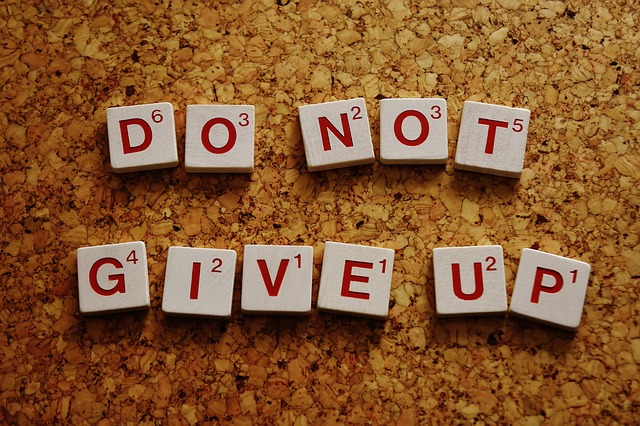Allyson Pimentel presented a guided meditation on “Mindfulness” for the MARC, UCLA meditation podcast series. In the meditation, she described mindfulness as paying attention in the present moment with an attitude of acceptance and kindness and a “willingness to be with things as they are”. She suggested that mindfulness can be either formal (as with the UCLA guided meditations) or informal (occurring throughout our day as we focus on the present moment).
Mindfulness then entails paying attention in a kind way to things as they are occurring in our life in the present moment – not wishing them to be different or to go away. In this regard, Allyson maintained that mindfulness meditation can serve as a refuge – a safe place to nourish, restore and renew ourselves in challenging times. We can feel overwhelmed by external events (such as storms and severe weather events) or internal experiences (such as challenging emotions, deprecating thoughts or painful bodily sensations). Mindfulness meditation offers the opportunity to regain our equilibrium when faced with these challenges.
Allyson likens mindfulness meditation to a “wildlife reserve” where our own “animal bodies” are protected, kept safe and nurtured so that we can cultivate the “beauty” of kindness, gratitude, generosity and wisdom. Mindfulness meditation, then, can be a place of quiet restoration, renewal of our sense of wonder and gratitude and a means to mind-body balance.
Guided mindfulness meditation
Allyson progresses through the meditation by focusing in turn on bodily sensations, challenging emotions, disturbing thoughts and the ease and calmness of our breath:
- Bodily sensations – we are asked to focus on a part of our body where we feel tightness and to be with this bodily sensation in all its dimensions (such as soreness, pain, tension). Allyson invites us to soften this part of our body and allow some degree of ease to permeate our bodily sensation. This involves a process of recognition and acceptance of what we are experiencing in the moment, rather than rejection or fighting against the sensations. After focusing on a particular bodily part and accompanying tight sensation, we are encouraged to undertake a process of progressive body scan and relaxation.
- Challenging emotions – we now focus on any challenging emotion such as resentment, anger, frustration or annoyance. This involves being with the emotion, not attempting to deny it. It requires an openness to what is – in all its amplitude and disturbance. Again the process involves recognition and softening towards what we are experiencing, not hardening our hearts.
- Disturbing thoughts – we might be simultaneously experiencing disturbing thoughts such as negative self-evaluation and self-censure. As we get in touch with these thoughts and their impacts on our body and emotions, we can learn to diffuse them by accepting their presence and being with their intensity, while acknowledging that “we are not our thoughts”.
- Breathing – finally, we can take refuge in our breath which is ever present to us. We can focus on our breath wherever we experience it in our body, e.g., our chest, abdomen or nose. This involves acceptance of the nature of our breath, not trying to control it. As we tune into and listen to our breath, we can experience ease and freedom.
Reflection
At the end of the guided meditation, Allyson invited us to observe any aspect of our body that still feels tense or tight and to be with the sensation. At the time, I had a tightness in my right ankle from a bit of swelling there. The act of focusing and softening eased the sensation of tightness and pain.
As we grow in mindfulness through meditation and informal mindfulness practices throughout our day, we can access the well of ease, experience a refuge from challenges we are encountering and restore our equilibrium and sense of balance.
__________________________________
Image by Dominik Rheinheimer from Pixabay
By Ron Passfield – Copyright (Creative Commons license, Attribution–Non Commercial–No Derivatives)
Disclosure: If you purchase a product through this site, I may earn a commission which will help to pay for the site, the associated Meetup group, and the resources to support the blog.







